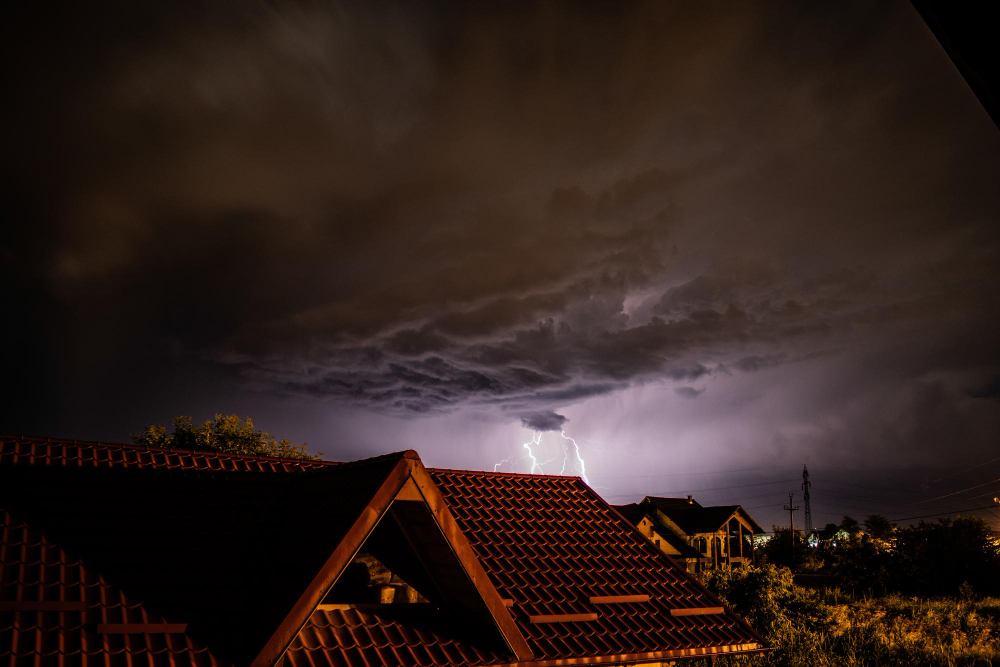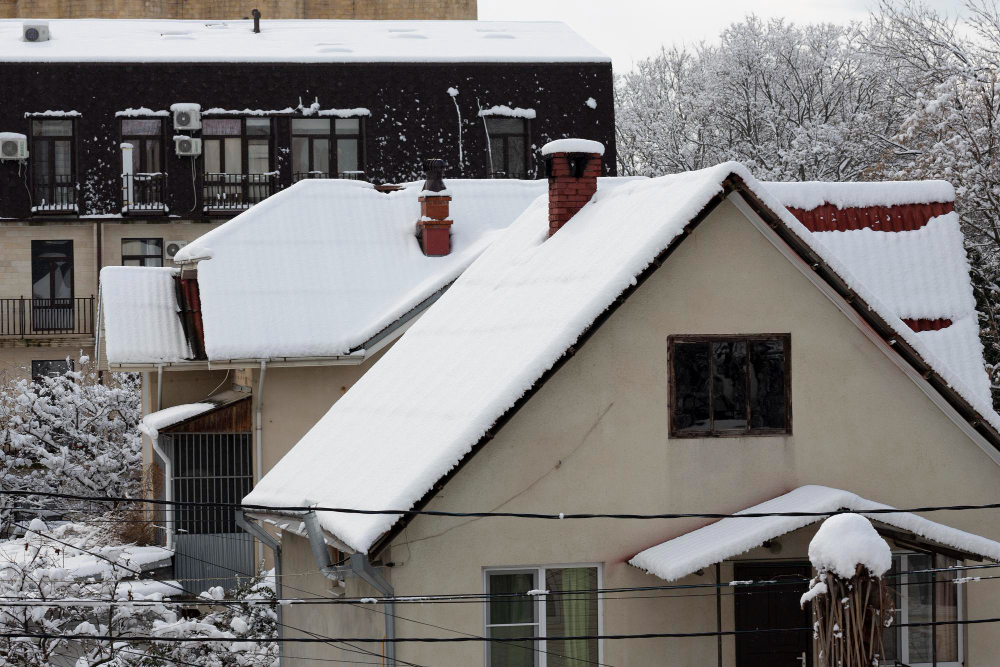Last updated on
Weather-related damage to a home can be devastating, but when the storm clouds clear, a clear set of steps can help homeowners navigate the aftermath. From assessing the impact to recovery and future-proofing, this comprehensive guide provides a roadmap for responding to nature’s unpredictability.
Assess the Damage

In the immediate wake of a weather event, it’s vital to assess the damage – but safety should always come first. Perform a thorough inspection, realizing that some types of damage may not be immediately obvious. Start by looking for visible signs such as leaks, cracks, or any structural shifts. Observe from a distance to note any sagging or leaning areas which could indicate deeper problems.
Safety Checks
Before you embark on any assessment, ensure you are safe. If the damage is extensive, stay out of the property and wait for a professional’s evaluation. If it’s safe to proceed, don protective gear to protect against sharp debris, electrical hazards, or contaminated water.
Understanding Your Findings
As you inspect, differentiate between what needs immediate attention and less critical issues. Notice the water lines, if the event involved water, to identify the extent of damage. Damage in key areas such as the roof or foundation takes priority for immediate repairs.
Secure the Area
Once you’ve thoroughly assessed the immediate threats and potential dangers, it is crucial to take immediate action to secure the damaged area. This will not only minimize further damage but also help prevent potential injuries. One effective measure is to board up windows to reinforce their structural integrity and prevent any potential intrusions.
Additionally, barricading unstable walls will provide added stability and ensure the safety of those nearby. Lastly, consider tarping a damaged roof to promptly halt any water intrusion, preventing any potential water damage or leaks. By taking these proactive measures, you can effectively protect the area and mitigate any potential risks.
Contact Your Insurance Company

One of the first things you should do is contact your insurance company. Every policy is different, so understanding what your policy covers is crucial. Be prepared to provide extensive documentation, including photos and videos, of the damage.
Claims Process
Your insurance company will assign a claims adjuster to your case. Work with them to document the damage and present any estimates or receipts for repairs or replacements.
Coverage Insights
Understand the intricacies of your policy, including deductibles, coverage limits, and any exclusions. Supplemental insurance may be required for certain types of weather events or high-value items.
Hire Professional Help
When it comes to repairs, hiring licensed professionals is paramount, especially for complex issues like electrical systems, structural integrity, and roofing. Special consideration should be for ice dam damage, which can compromise your attic insulation and ceilings, requiring specific expertise for proper repair.
A reliable contractor will not only fix the damage but can also provide valuable insight into potential improvements to prevent future incidents. Make sure they are accredited, insured, and have a track record of quality workmanship.
Document the Process
Throughout the recovery process, it is crucial to maintain meticulous records for a smooth and successful outcome. This includes keeping comprehensive documentation of all interactions with your insurance company, including emails and written correspondence, as well as retaining copies of contracts with service providers involved in the restoration process.
Additionally, it is important to meticulously document all repairs made, including invoices, receipts, and any before-and-after photos. By maintaining detailed records, you can ensure that you have a complete and accurate account of the entire recovery journey, which can be invaluable for future reference and potential claims.
Prevent Future Damage
Once your home is repaired, it is important to take proactive steps to minimize the chances of future weather-related damage. One effective measure is to install storm shutters, which can provide an additional layer of protection against strong winds and flying debris.
Additionally, reinforcing your roof with sturdy materials and proper construction techniques can help it withstand the impact of severe weather conditions. Another crucial aspect is waterproofing basements and crawl spaces, as this can prevent water leakage and potential flooding during heavy rainfall or storms.
By implementing these preventative measures, you can significantly enhance the resilience of your home against future weather events.
To further strengthen the defense of your home, consider adopting long-term solutions that offer enhanced protection. For instance, upgrading to impact-resistant windows can provide an added layer of security against extreme weather conditions, such as hurricanes or hailstorms.
Reinforcing garage doors with heavy-duty materials and mechanisms can also help them withstand high winds and prevent potential damage. Investing in these long-term solutions can provide peace of mind and safeguard your home from the adverse effects of severe weather.
In addition to proactive measures, it is crucial to make regular inspections a part of your home maintenance routine. By conducting periodic assessments, you can identify and address small issues early on, preventing them from escalating into major problems down the line.
This could include checking for roof leaks, inspecting the integrity of storm shutters, and ensuring the proper functioning of waterproofing systems. Regular inspections allow you to stay ahead of any potential vulnerabilities and take prompt action to maintain the resilience of your home.
In the face of nature’s unpredictability, being prepared and responsive is paramount to protecting our homes and livelihoods. This guide has provided a structured approach to navigating the stressful aftermath of weather-related damage, outlining essential steps from immediate safety assessments to long-term preventative strategies.
The journey from damage assessment to future-proofing your property may be complex and challenging; however, the coordinated application of these steps can significantly mitigate the impact and hasten recovery efforts.
The value of preparedness cannot be overstated—it is the thread that weaves through each step of this guide. By conducting regular maintenance, understanding insurance intricacies, engaging with professionals promptly, and documenting each phase of the recovery process, homeowners can create a robust defense against severe weather events.
Moreover, investing in preventative measures ensures not just a physical safeguarding of the property, but also imparts a psychological comfort that when the next storm hits, the home stands ready, bolstered by foresight and resilience.
Ultimately, the goal is to not only restore the home to its former state but to emerge from the process with a stronger, more weather-resistant abode. The lessons we learn from each weather event inform our preparations for the next, strengthening our communities and our resolve.
Let this guide serve as a testament to our capacity to bounce back from adversity and as a blueprint for building back better, smarter, and stronger.
Related reading:
Table of Contents





